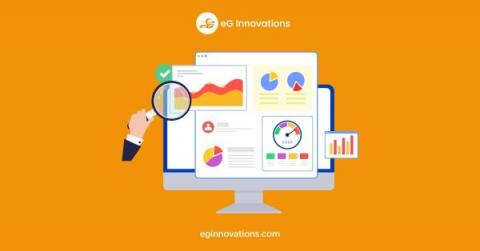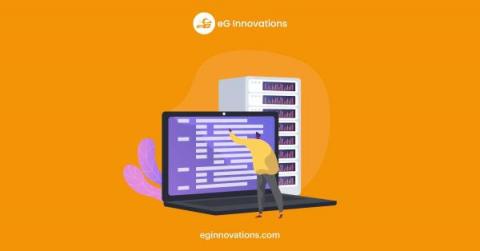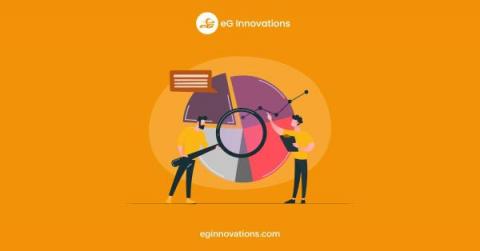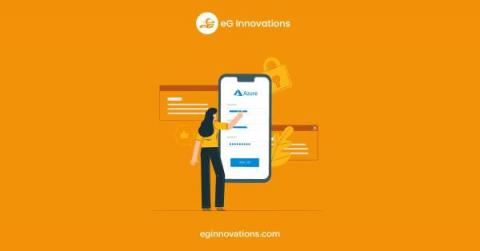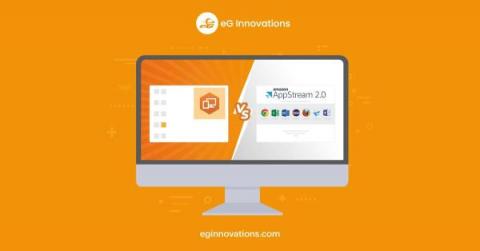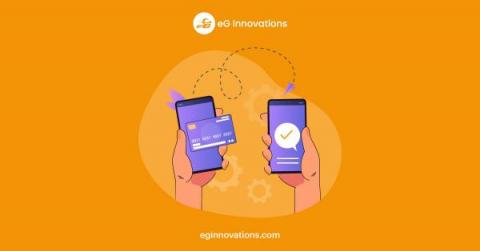Using High Availability Capabilities to Make Migration of the Monitoring System Simple
A monitoring tool and its backend database Monitoring platforms such as eG Enterprise collect large numbers of metrics and data points about the applications and infrastructure being monitored. As the complexity of the applications, the number of tiers and the scale of the infrastructure grows, so do the number of metrics that need to be analyzed. Even in a mid-sized IT infrastructure, there may be over 100s of thousands of metrics collected and analyzed over time.


